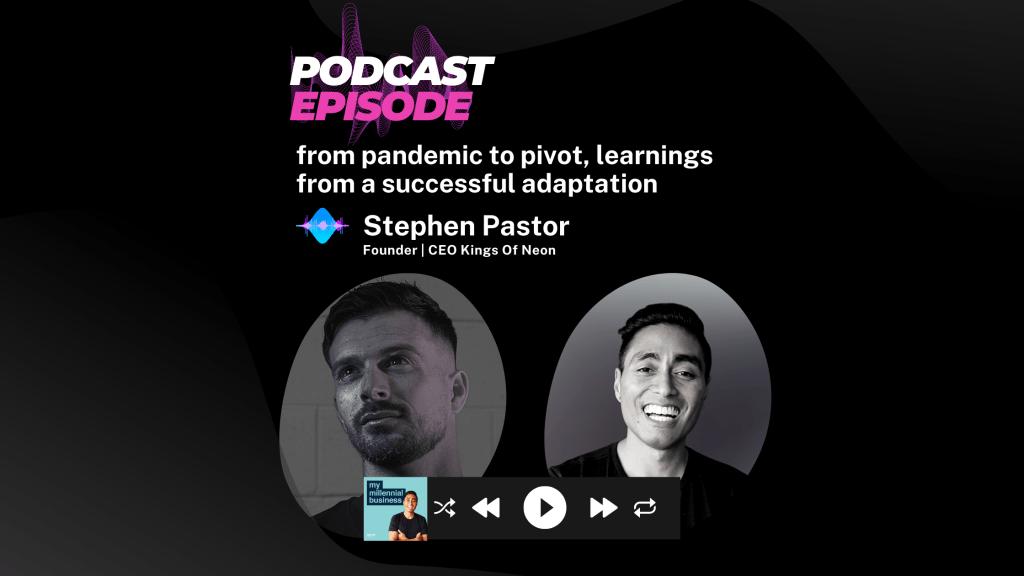What are Australia’s Leading Sources of Carbon Emissions?
The Department of Industry, Science, Energy and Resources quarterly reports on Australia’s national greenhouse gas inventory. According to their December 2020 report, Australia’s greatest sources of greenhouse gas emissions are from:
- ELECTRICITY
- STATIONARY ENERGY – i.e. emissions from burning fossil fuels for energy (excluding electricity). For commercial and residential buildings, this mostly includes burning fossil fuels for heating purposes.
- TRANSPORT
- FUGITIVE EMISSIONS – produced when greenhouse gases (GHG) are released during the extraction, processing, and delivery of fossil fuels. These are the most difficult to reduce; it’s easier to just eliminate them by using renewables instead.
- INDUSTRIAL PROCESSES AND PRODUCT USES – emissions from the by-products of materials and reactions used in production process (e.g. chemical, metal, and mineral production and use of synthetic gases)
- AGRICULTURE
- WASTE
- LAND USE, LAND USE CHANGES AND FORESTRY (LULUCF) – emissions for forests, agricultural lands, and changes in land use
We will focus on the 5 sources that are easiest for businesses to reduce: electricity, stationary energy, transport, agriculture, and waste.
View full Australian carbon emissions report here: Quarterly Update of Australia’s National Greenhouse Gas Inventory: September 2020
Electricity – Change Your Energy Provider.
Some energy providers are more sustainable than others. Switch to an energy provider that uses renewable sources of energy. Follow the link below to read Canstar’s list of energy providers that offer GreenPower accredited energy and engage in carbon offsetting: ‘Greenest’ Energy Companies | Who Helps Most?
Stationary Energy – Check the Energy Rating of Commercial Buildings Before You Rent/Buy.
The National Australian Built Environment Rating System (NABERS) uses a 0 to 6 scale to rate commercial building’s greenhouse performance and resource efficiency. Use this rating system to determine which commercial buildings will produce the lowest carbon emissions. Learn more here: Commercial buildings | energy.gov.au
Transport – Encourage Employees to Carpool, Use Public Transport or Cycle to Work.
Your business’ carbon emissions can be reduced significantly by encouraging employees to switch to a greener mode of transport. One way to do this is to subsidise your employees’ public transport costs as an incentive. To provide your employees with this opportunity, you would need to ensure your business is accessible via public transport.
Agriculture – Reduce Your Meat Consumption.
Even if your business has no agriculture-related emissions, you can reduce your carbon footprint by encouraging your employees to reduce their consumption of meat, especially beef. A simple way to do this is by implementing ‘Meatless Mondays’ and providing all employees with a vegetarian lunch to encourage participation.
Waste – Choose Greener Packaging and Encourage Responsible Disposal of Waste.
Identify all the areas in your business where you could reduce unnecessary packaging or switch to an eco-friendly alternative. For situations where packaging cannot be avoided, ensure your employees are informed about the correct way to dispose of different types of waste (i.e. recyclable versus compostable versus general waste) and provide the means to do so. Another easy way to reduce waste (and emissions) is through provision of reusable alternatives to plastic takeaway coffee cups, drink bottles, straws, and cutlery.











